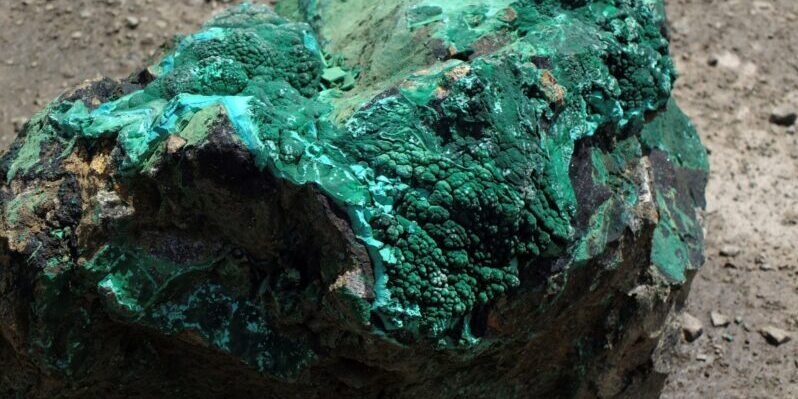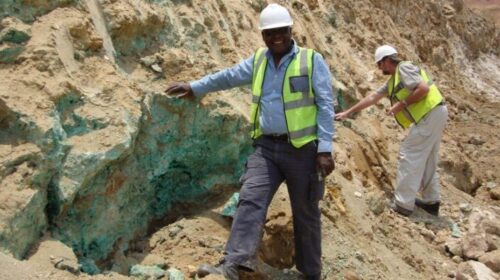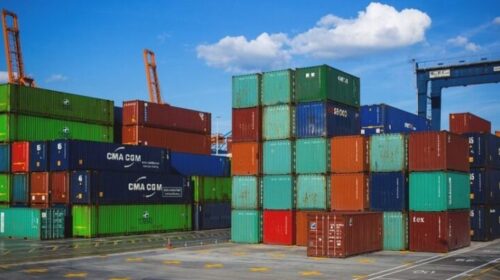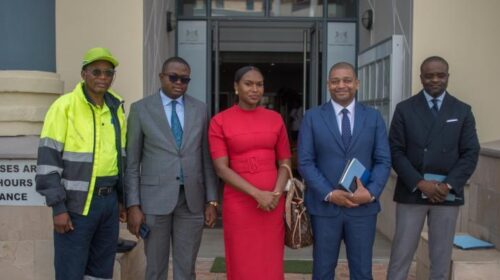Congo enacts new plan to minimize COVID-19 impact as cobalt exports slump
The Democratic Republic of Congo will begin a massive public-health information campaign for hundreds of thousands of hand-miners as part of a plan to offset the impact of the coronavirus pandemic on its key cobalt and copper industry.
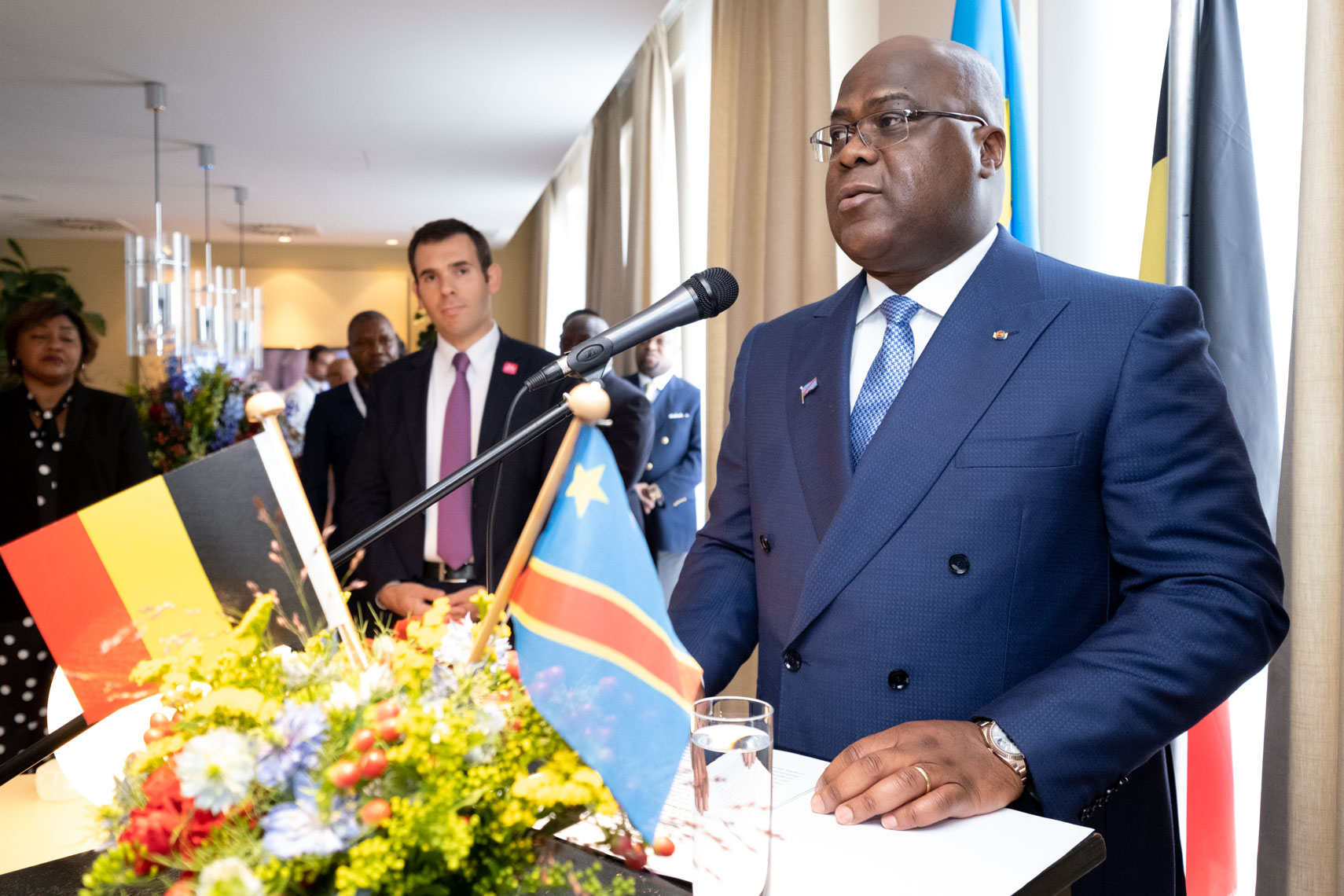
The proposals are contained in a report drafted by the Mines Ministry that warns of a “catastrophic” situation if the effects of the covid-19 outbreak lead to major mine closures.
MOST MINES, INCLUDING ONES RUN BY GLENCORE AND CHINA MOLYBDENUM, CONTINUE TO OPERATE AMID STAFFING RESTRICTIONS
Congo, the world’s biggest producer of cobalt and Africa’s largest copper miner, has no known coronavirus cases in its copperbelt region in the southeast of the country. Most mines, including ones run by Glencore and China Molybdenum, continue to operate amid staffing restrictions.
“If certain measures are taken and applied with proper monitoring, we can considerably minimize the negative impact of this pandemic on the mining sector and, in turn, the negative impact on the national economy,” the ministry said in the seven-page report verified by Mines Minister Willy Kitobo Samsoni.
While the bulk of Congo’s metal comes from large, mechanized mines, an estimated 200,000 people make a living digging copper and cobalt by hand. To offset the risk of the disease spreading among these so-called artisanal miners, the government is sending teams to train them on social distancing and disease prevention, the ministry said.
Price slump
The proposals come as Congolese exports of cobalt, a key ingredient in rechargeable batteries, slumped 15% in the first quarter, while copper shipments grew 13%.
Weakened demand for copper and cobalt could delay the opening of new projects, including Ivanhoe Mines Ltd.’s Kamoa-Kakula copper mine, according to the report. Kamoa-Kakula is scheduled to come online in the third quarter of 2021 and could eventually become the second-biggest copper mine in the world, according to Ivanhoe’s website.
The copper price decline hasn’t had any impact on the mine’s development schedule, Ivanhoe Mines Executive Co-Chairman Robert Friedland said in an emailed response to questions Friday. “Kakula is projected to have an average grade of 6.8% copper over the initial five years of operations, and 6.4% copper over the first 10 years — grades that are orders of magnitude higher than the majority of the world’s other major copper mines — making it uniquely positioned to withstand lower copper prices,” he said.
Ivanhoe said April 2 that it was taking “extraordinary measures to safeguard its people and mitigate the impact of Covid-19 on its mine development operations.”
“The company is not reliant on outside sources of capital at this point in time and guidance for first production remains unchanged for Q3 2021,” Friedland said.
For the Congolese who make their living digging cobalt and copper, there are few safeguards and few other options for work. The government is reluctant to shut down artisanal sites for fear it “would cause problems of insecurity in cities because of the return of large masses of miners without means of subsistence,” the ministry said. “We will risk going from a health crisis to an economic crisis that will end up, in turn, as a social crisis.”
When prices are high, artisanal miners can account for as much as 30% of the country’s cobalt production, according to the ministry.
Congo has identified 287 cases of the novel coronavirus and 23 deaths through Thursday, almost all of which were in Kinshasa, the capital, more than 800 miles away from the country’s biggest mines.
Source: Bloomberg


